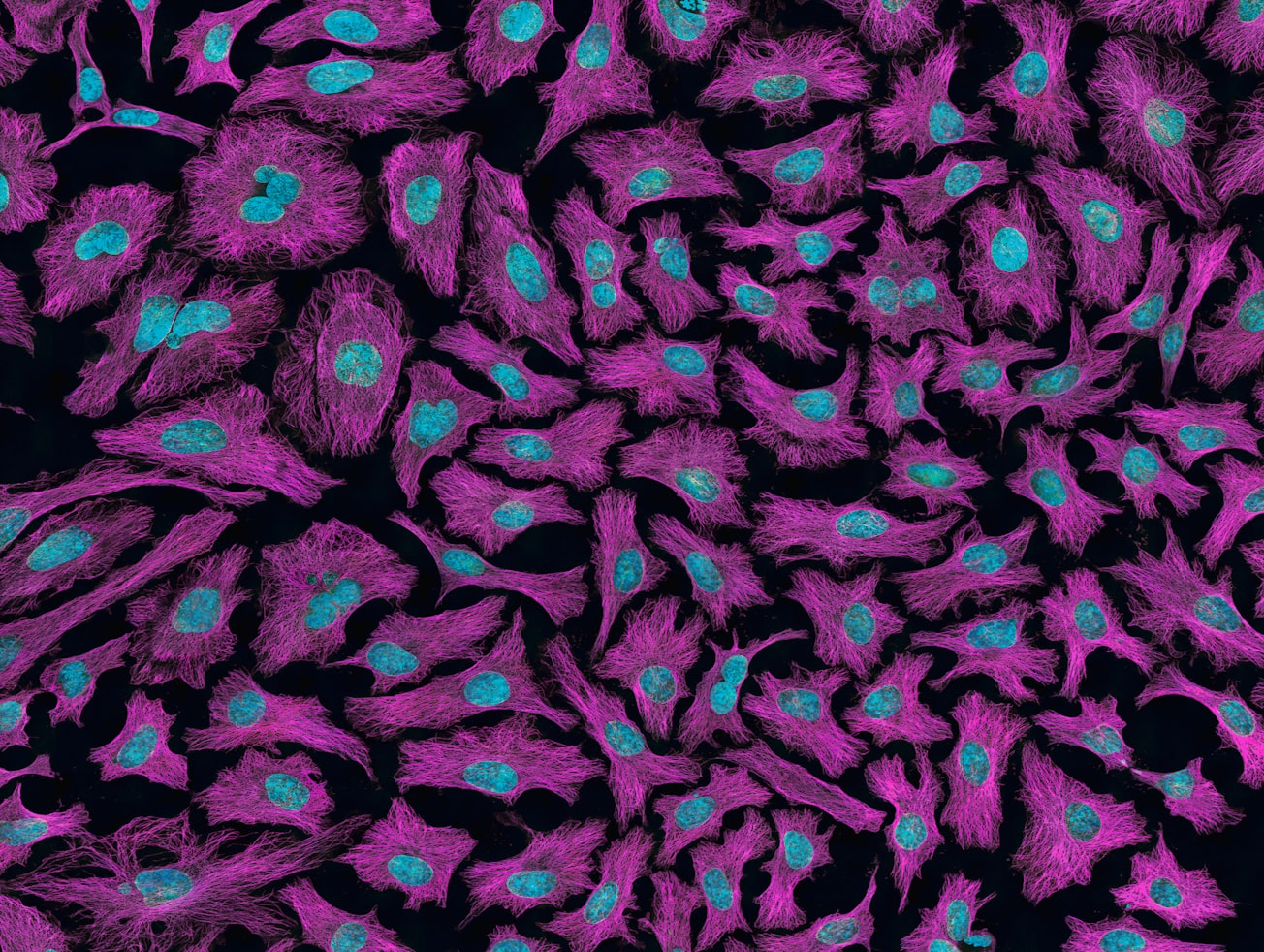What is it about?
In the fatal brain disorders known as prion diseases, the cellular prion protein (PrPC) is converted into an abnormal structure by infectious, misfolded prion protein molecules. PrPC can also interact with other types of misfolded protein found in other neurodegenerative brain diseases. But, depending on how the PrPC molecules are fragmented, interactions with disease-promoting misfolded proteins are either allowed or blocked.
Featured Image

Photo by National Cancer Institute on Unsplash
Why is it important?
We have used a high throughput screen of protease inhibitors, as well as cell-free systems, to obtain a better understanding of PrPC fragmentation processes. We demonstrate disease-promoting β-cleavage of PrPC by two related, cell-surface proteases, namely dipeptidyl peptidase-4, DPP4, and fibroblast activation protein, FAP. By applying inhibitors of these serine proteases to prion-infected cells, we also show that the β-cleavage activity of dipeptidyl peptidase-4 in particular may be important in the pathogenesis of prion diseases.
Perspectives
“This study has provided exciting insights into the poorly understood and sometimes controversial area of PrP endoproteolysis. DPP4 is well known in the context of type 2 diabetes but its action upon internal sites in PrPC was completely unexpected, given its typical role in removing dipeptides from the N-termini of target proteins. Altering PrPC fragmentation by chemical modulation of two type II membrane proteases may be useful, but our findings also illustrate the subtleties of natural processes. I hope you enjoy the read” David Westaway, University of Alberta
David Westaway
University of Alberta
Read the Original
This page is a summary of: Beta-endoproteolysis of the cellular prion protein by dipeptidyl peptidase-4 and fibroblast activation protein, Proceedings of the National Academy of Sciences, December 2022, Proceedings of the National Academy of Sciences,
DOI: 10.1073/pnas.2209815120.
You can read the full text:
Contributors
The following have contributed to this page










